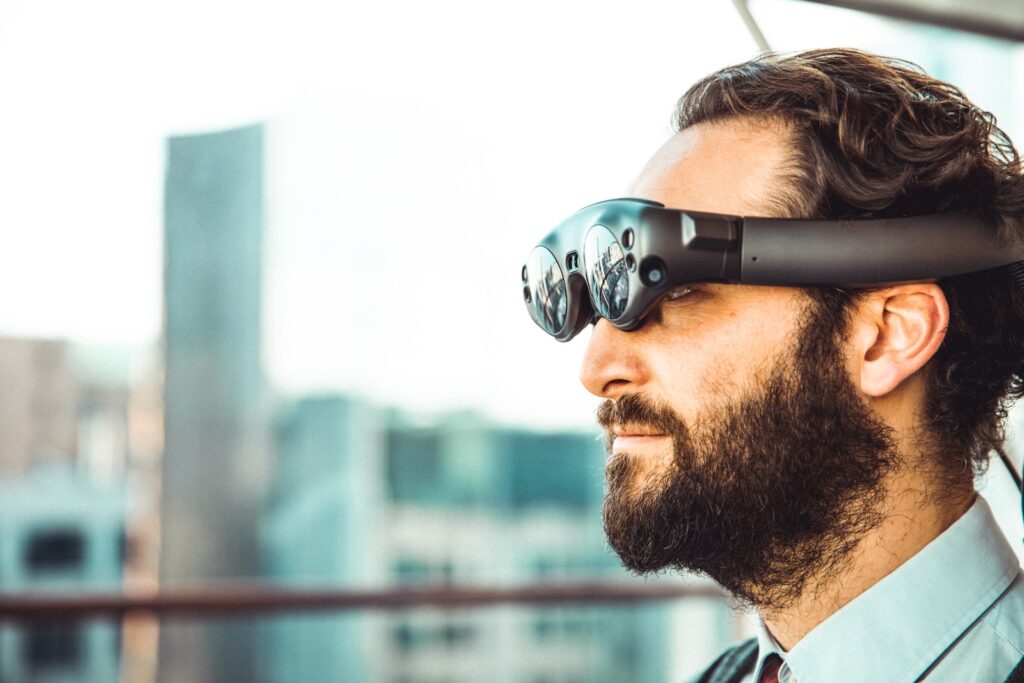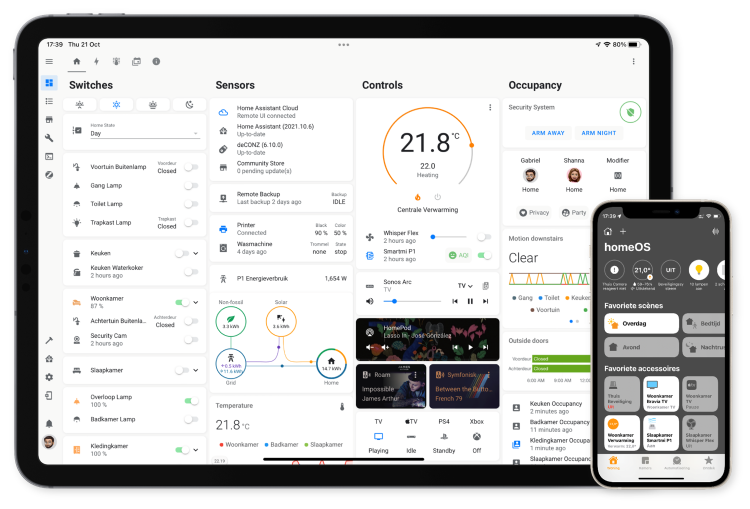Augmented Reality (AR) and Virtual Reality (VR) have emerged as groundbreaking technologies that blend the physical and digital worlds in ways that were once the realm of science fiction. The future of AR and VR promises to continue transforming various industries, including gaming, education, healthcare, and beyond. Let’s take a closer look at what lies ahead.
Gaming
AR Gaming
Augmented Reality has opened new doors in gaming by integrating digital elements into the real world. Games like “Pokémon GO” have already demonstrated the potential of AR gaming. Future developments may include more immersive experiences with AR glasses, allowing players to engage with digital objects seamlessly within their environment.
VR Gaming
Virtual Reality takes immersion to the next level by placing players directly inside the game world. The future of VR gaming includes more tactile feedback systems, haptic suits, and advanced motion controls, all aiming to provide a more lifelike and engaging gaming experience.
Education
AR in Classrooms
AR can make learning more interactive and appealing. Imagine historical figures coming to life in history lessons or complex mathematical equations visually explained through AR. This technology could enable personalized learning paths, adapting to individual students’ needs.
VR Field Trips
Virtual Reality can transport students to different locations, times, or even inside a human body. This immersive technology may soon become a staple in schools, offering virtual field trips and interactive lessons that transcend the limitations of traditional classrooms.
Healthcare
AR in Surgery and Training
AR can provide surgeons with real-time data and 3D models overlaid on their field of view during operations. This application could increase precision and reduce errors. Medical students could also benefit from AR for training purposes, practicing on virtual patients.
VR Therapy
Virtual Reality has shown promise in treating mental health disorders like PTSD and anxiety. Through controlled virtual environments, therapists can expose patients to triggering situations in a safe manner, aiding in their treatment process.
Beyond the Obvious Applications
AR and VR technologies have broader applications beyond these sectors. For instance:
- Retail: Virtual try-on rooms and personalized shopping experiences.
- Real Estate: Virtual walkthroughs of properties.
- Automotive Industry: AR-powered navigation and safety features.
- Tourism: Virtual tours of destinations before booking trips.
Challenges and Considerations
Despite the promising future, AR and VR technologies face challenges. Privacy concerns, potential health effects, technological limitations, and high costs of devices are some hurdles that need to be addressed.
Conclusion
The future of Augmented and Virtual Reality is ripe with potential, promising to redefine how we play, learn, and heal. The fusion of the digital and physical worlds opens doors to experiences that can enrich our lives in previously unimaginable ways.
Investment in research, collaboration across industries, and thoughtful consideration of ethical implications will pave the way for these technologies to become an integral part of our daily lives. The boundary between reality and virtuality continues to blur, and it’s a thrilling time to be a part of this technological revolution. Whether you’re a gamer, an educator, a healthcare provider, or just a tech enthusiast, AR and VR are set to shape your world in exciting new ways.



